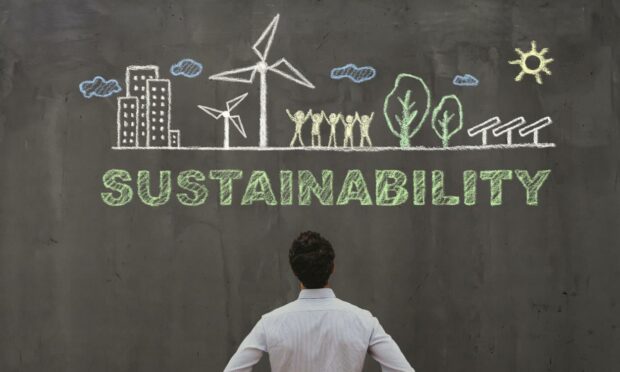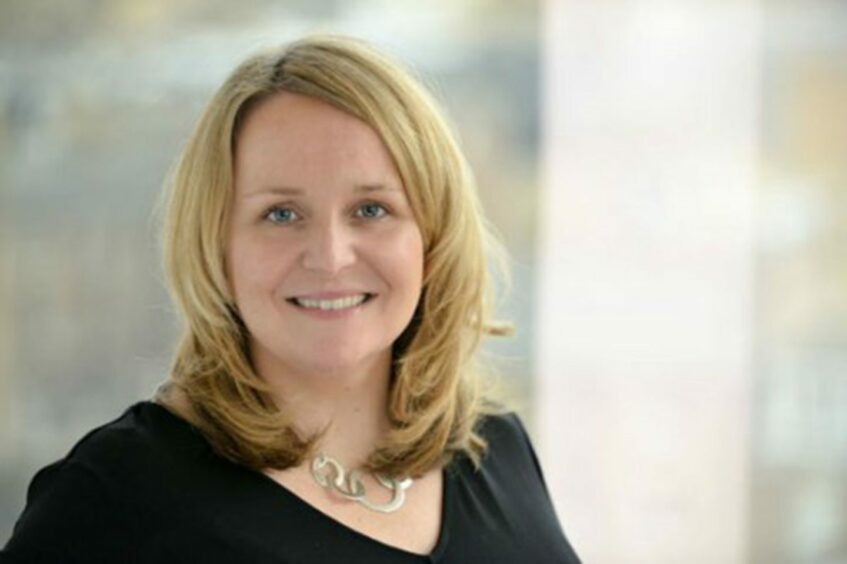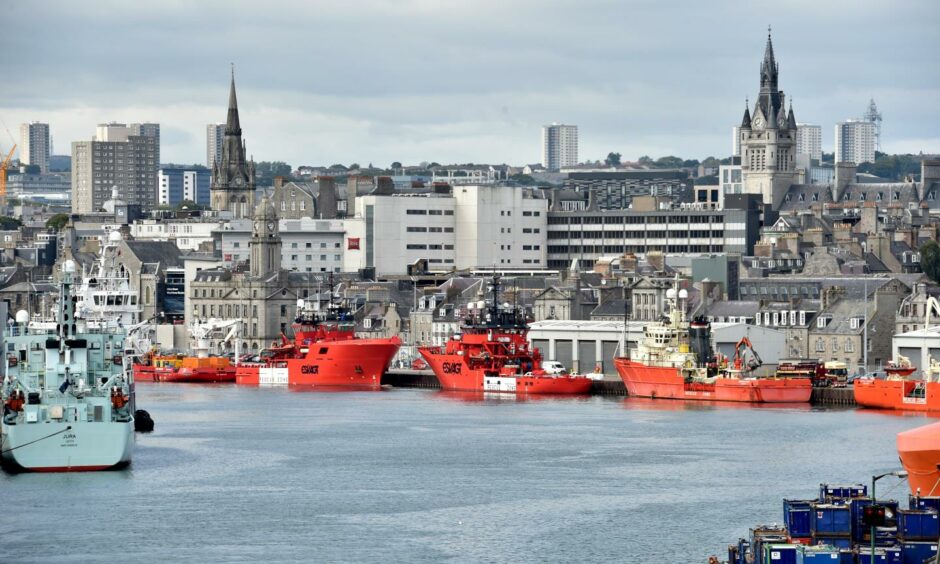A blueprint laid before MSPs earlier this month (November 10) sets out how a new approach to planning will help to achieve a net-zero Scotland by 2045.
The draft National Planning Network 4 (NPF4) document was also published by the Scottish Government for consultation.
Sarah Baillie, partner and head of planning and infrastructure consenting in Scotland at law firm Addleshaw Goddard, said: “Following recent planning reform, it now has enhanced legal status and will play a central role in day-to-day land use decision-making.
Radical change
“The draft says the country must ‘embrace and deliver radical change’ in order to tackle and adapt to the changing climate, restore biodiversity loss, improve health and wellbeing, build up the economy and create great places.
“The emergence of NPF4 during COP26 and especially on the eve of the ‘cities, regions and built environment day’ is no surprise, given the strength of the green thread that runs throughout.”
Ms Baillie added: “There is a completely new approach to decision-making, with significant weight to the global climate emergency in development, to minimise emissions and enhance biodiversity. This is also evident throughout its draft policies.
“There’s a strong message of policy support for all forms of low carbon and green energy, not just wind and solar but also for those wanting to develop net-zero energy transition assets including hydrogen, energy storage, carbon capture, utilisation and storage, and floating offshore wind.
‘Significant opportunities’
“Together with strategic renewable electricity generation and transmission infrastructure across the country to support this delivery, this all presents significant opportunities and confidence for those developing and investing in the energy sector in Scotland.”
The mainstream development and property sector will require time to digest and consider the “vast transformational breadth and depth” of the document’s potential impacts,” she said.
Investors and developers will need to take savvy commercial decisions.”
Sarah Baillie, partner, Addleshaw Goddard.
She added: “What’s immediately clear is this framework could trigger a huge range of challenges and opportunities, as it seeks to change entirely the way our society and economy operates.
“Investors and developers will need to take savvy commercial decisions, making more extensive considerations on their climate change, environmental and biodiversity impacts of the location and type of proposed development.
“With one of the six special strategies being the ‘just transition’, it’s no surprise there is an emphasis on brownfield redevelopment, and repurposing or rejuvenating buildings.
“Those hoping to develop or invest in new out-of-town retail and leisure or on greenfield land perhaps will have to seriously re-think.”
Renaissance
Ms Baillie said there was already “a bit of a renaissance” taking place in some economically important locations around Scotland, including the Clyde estuary, Aberdeen harbour and the waterfront areas of Edinburgh and Dundee.
“These are recognised as national strategic development assets, having a key role to play in Scotland’s economic future and the transition to net-zero,” she said.
“The cornerstone really is to create sustainable places. There is a real sense of an embedment of social policy, with importance also being placed on human rights, engaging communities, collaboration and to use planning to support community wealth-building.”
Fiona Gordon, managing associate in the planning and infrastructure consenting team at Addleshaw Goddard, said: “The overarching message here is that where there is community there is opportunity.
“Those opportunities may well come in a very different form to business-as-usual for the development industry and investors.
“NPF4 looks to redirect development towards vacant or underused brownfield sites in our cities and towns, while shifting the focus away from greenfield development.
“The sustainable credentials here are clear to see, particularly where the shift to a circular economy is being promoted.
“The real questions for government and those involved in development in Scotland are how this quantum shift will be managed, and perhaps more importantly, financed.”
The sustainable credentials here are clear to see, particularly where the shift to a circular economy is being promoted.”
Fiona Gordon, managing associate, Addleshaw Goddard.
Ms Gordon added: “The ultimate goal is achieving ‘20-minute neighbourhoods’, sustainable communities where residents can walk to every service and facility needed to live, thereby minimising the need to travel.
“In order to achieve this kind of revolution in housebuilding, commercial and leisure development, Scotland will require massive investment in both new infrastructure and facilities.
“This applies equally to new communities where the private car can no longer be deemed the default option, as well as to existing communities which will need to be retrofitted with enhanced local services and commercial opportunities to be truly ‘20-minute neighbourhoods’.
Social inequalities
Covid-19 has exposed social inequalities which have long existed across Scotland, Ms Gordon said.
She continued: “The Scottish Government sees the planning system as playing a major role in seeking to address these inequalities.
“By attempting to direct investment towards rural communities and incentivising the development of brownfield sites in urban centres, the desired outcome is the creation of better opportunities across the country.”
‘Huge step-change’
According to Ms Baillie, there also needs to be an investment in making sure “we have the planners to deliver these ambitions”.
“If this progresses, our planning system would go through a huge step-change,” Ms Baillie said, adding: “Every page you turn – sustainability, net-zero and the just transition are the obvious key drivers – indicates Scotland is ahead of other planning jurisdictions in the UK and perhaps globally in terms of moving to effect those changes.”


